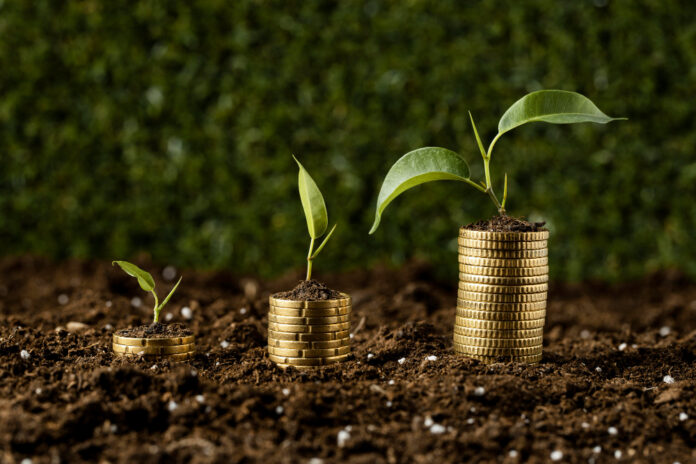Saudi Arabia and UAE lead the Middle East green bond market despite a dip in issuances due to higher interest rates and post-COP28 normalization
Sustainable bond issuances in the Middle East surged to $16.7 billion in the first nine months of 2024, with Saudi Arabia and the UAE at the forefront, according to a new report by S&P Global. Despite this growth, the value of sustainability bonds issued between January and September 2024 marked an 18% decline compared to the same period in 2023. This drop is attributed to higher global interest rates and a market correction following the COP28 summit in November 2023, which temporarily boosted green financing activity.
The report highlighted that the first half of 2024 saw a sharp increase in green bond issuances across the region. However, this momentum slowed in the third quarter as interest rates remained elevated and the immediate effects of COP28 began to fade. Nevertheless, Saudi Arabia and the UAE continue to dominate the regional market for sustainable bonds, as banks and institutional investors in both countries fuel demand for green financing products.
S&P Global also noted that Saudi Arabia’s Public Investment Fund (PIF) has played a pivotal role in this market. PIF became the first sovereign wealth fund to issue a sustainable bond, raising $3 billion in 2022, followed by a more substantial $5 billion multi-tranche offering in 2023. In its latest report, PIF revealed that $5.2 billion of the $8.5 billion raised had been allocated to environmentally focused projects as of June 2024. This underscores Saudi Arabia’s commitment to sustainable development, which aligns with its broader Vision 2030 goals.
Embed from Getty Images“The UAE and Saudi Arabia will likely continue leading the region’s sustainable bond issuances despite increased activity elsewhere,” stated S&P Global. “Sustainability bonds are dominating the share of issuances, driven by banks and financial institutions increasingly entering the green finance space.”
While there was a slowdown in the third quarter, S&P Global remains optimistic about the role that sustainable bonds will play in advancing net-zero policies and sustainability strategies in the Middle East. The report highlighted the importance of aligning financial markets with regulatory reforms to accelerate the region’s shift toward renewable energy and sustainable development projects.
In addition to green bonds, sukuk (Islamic bonds) have become an increasingly popular tool for financing environmental and renewable energy projects. The total global volume of sustainable sukuk reached $7.1 billion in the first nine months of 2024, down 11% compared to the same period in 2023. However, the Middle East’s contribution remained steady, with $6.1 billion of sustainable sukuk issued by September 2024.
Green Sukuk, which aligns with Shariah principles, has gained traction as Middle Eastern economies, including Saudi Arabia and the UAE, pivot toward renewable energy and sustainable finance. These Islamic finance products are growing in appeal not only to traditional investors but also to those seeking sustainable investment opportunities in alignment with environmental goals.
S&P Global noted that sustainable sukuk now constitute between 35% and 40% of the region’s total sustainable bond issuances in 2024, a marked increase from the 25% to 30% range observed at the end of 2023. As interest in these products grows, they are expected to play a more prominent role in regional green financing, especially as countries like Saudi Arabia and the UAE roll out ambitious energy transition plans and renewable energy targets.
In September 2024, Moody’s predicted that the issuance of sustainable Islamic finance products would accelerate as Middle Eastern countries continue their green transformation. The report highlighted that sustainable sukuk are particularly attractive to both Islamic and conventional investors, given the increasing demand for Shariah-compliant investments that contribute to global sustainability efforts.
Despite the temporary decline in the third quarter of 2024, the long-term outlook for sustainable finance in the Middle East remains positive. With continued government support, regulatory alignment, and rising interest from both local and international investors, the region’s sustainable bond market is set to grow further, playing a crucial role in advancing environmental and renewable energy projects.
